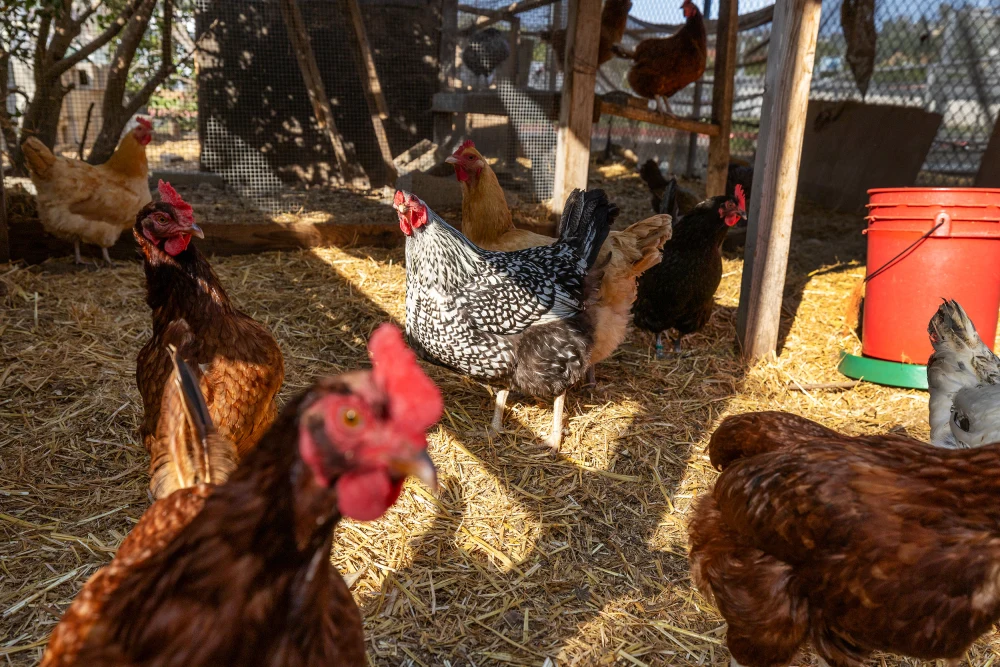An elderly woman in southeast Wyoming has been hospitalized with bird flu, marking the state’s first confirmed human case of Type A H5N1 influenza, health officials announced Friday.
The Wyoming Department of Health reported that the virus, which has been spreading through animals and occasionally infecting humans, has now reached a local resident. According to the U.S. Centers for Disease Control and Prevention (CDC), nearly 70 cases of human infection have been documented in the U.S. over the past year. However, experts believe the actual number may be higher due to underreporting.
Direct Exposure to Infected Poultry
The patient, a resident of Platte County, likely contracted the virus through direct contact with a backyard flock of chickens that became sick and died, a CDC spokesperson confirmed on Saturday. The woman, who has underlying health conditions, is currently receiving treatment in another state, officials said.
Dr. Alexia Harrist, Wyoming’s state health officer and epidemiologist, reassured the public, stating that residents “shouldn’t have a high level of concern” despite the confirmed case. Most reported human infections in the U.S. have resulted in mild symptoms. However, Harrist acknowledged that “unfortunately, this patient’s experience has been much more serious.”
Bird Flu’s Growing Impact on Animals and Humans
Since 2022, bird flu has been spreading rapidly among wild birds in the U.S. Last year, the virus was detected in U.S. dairy cows for the first time, affecting more than 960 cattle herds across 16 states. A recent CDC study revealed that bird flu has silently spread to some veterinarians who had contact with infected animals.
While health officials continue to monitor the situation, they emphasize the importance of taking precautions when handling sick or dead poultry. The CDC advises people working with birds or livestock to use protective equipment and practice good hygiene to minimize the risk of infection.
Authorities are urging residents with backyard poultry flocks to stay vigilant, report any unusual bird illnesses, and follow recommended biosecurity measures to prevent further transmission.














